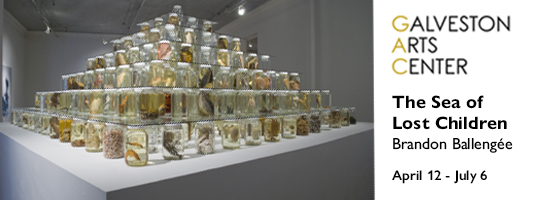Construction will begin this spring and continue through late 2022 on the Blanton Museum’s New Grounds Initiative. The comprehensive, $35 million redesign of the museum’s 200,000 square foot campus is led by the international architecture firm Snøhetta, which is headed by a trio of University of Texas alumni. The project’s goal is to enhance and extend the museum’s impact on visitors—who come by the thousands from the university, the city, and beyond—before they even step foot into the museum itself.
Wicha has been at the Blanton since it opened at its current location in 2006. Revamping the museum’s grounds has been one of her big goals since before she was appointed Director in 2011. Over the past 10 years, while the Blanton grew its audience and Austin’s population boomed, Wicha gained close insights into how the museum succeeded in serving its public, and about how it could do better.
“I was well aware of the challenges we were hearing from visitors over the years,” Wicha explains on a recent video call. Helping visitors to navigate the museum campus has “just become more and more important as our audience continues to grow.” Ultimately, Wicha says, “this is happening at just the right time. We’ve learned a lot about ourselves at the Blanton, and how both the community and the university interact with us.”
For starters, this means clearly marked access points. The new grounds will punctuate museum entrances with large, protruding vaults, and will feature a new museum drop-off area on Brazos Street for school buses and museum visitors with special mobility needs. Another big way to make the Blanton’s entrance more visible: The museum’s new Moody Patio will sit under 15 enormous, petal-shaped structures, an unmissable visual marker for visitors and passersby. The curving canopy will shelter museum guests from Texas’s hot sun and unpredictable rain showers, and it will encourage them to hang around before and after their visits.
The canopy’s flowing petals will be made of a special composite material that resists heat, making them safe to lounge under on any summer afternoon. On stormy days, the petal towers will collect and funnel rainwater down their stems and into a special drainage system for grounds irrigation. Thanks to these and other environmentally conscious architecture and landscaping improvements, the Blanton grounds will gain a coveted SITES Certification.
The new campus will also feature a café, mixed seating and dining areas, two stages for presentations and performances, and additional public art installations that are yet to be announced. The goal is to create a sort of outdoor living space that extends the museum’s footprint beyond its previous reach.
Describing the project at the museum’s virtual groundbreaking ceremony, Snøhetta founding partner and UT School of Architecture alumnus Craig Dykers explained, “The character of culture [will] extend beyond the walls of the galleries themselves and move into the society around it, so that you feel that culture is a part of your life, not something frozen, separated, or distinct from your everyday life.”

1 ⁄6
View from Martin Luther King, Jr. Boulevard looking north toward the Faulkner Gateway and Austin by Ellsworth Kelly, with the Edgar A. Smith Building on left and the Mari and James A. Michener Gallery Building on right. Courtesy Blanton Museum of Art, The University of Texas at Austin.

2 ⁄ 6
View looking northeast toward Austin by Ellsworth Kelly, showing museum café seating on left, and Carmen Herrera mural and inverted vault at Mari and James A. Michener Gallery Building entrance on the right. Courtesy Blanton Museum of Art, The University of Texas at Austin.

3⁄ 6
View looking south toward the Texas State Capitol Complex, featuring the Moody Patio and stage at center and new museum check-in at Edgar A. Smith Building on right. Courtesy Blanton Museum of Art, The University of Texas at Austin.

4 ⁄6
View looking east toward the Mari and James A. Michener Gallery Building, featuring the Moody Patio, Carmen Herrera mural, and inverted vault at gallery entrance. Courtesy Blanton Museum of Art, The University of Texas at Austin.

5 ⁄6
View from Martin Luther King, Jr. Boulevard looking northeast toward the Faulkner Gateway, showing the museum café outdoor seating at left and Carmen Herrera mural on the right. Courtesy Blanton Museum of Art, The University of Texas at Austin.

6 ⁄6
Detail of Carmen Herrera mural near the entrance of the Mari and James A. Michener Gallery Building. Courtesy Blanton Museum of Art, The University of Texas at Austin.
Herrera’s green hues will also echo in a bevy of plant life that will cover the museum campus. More than 25,000 new plants—95% of which are native to Texas—will provide a lush, relaxing patio space and natural environment. As when we enter a town plaza or private patio, the widespread vegetation will be one more signal to museum visitors that they’ve entered a new realm. Wicha looks forward to taking it all in. At the museum’s new grounds, she says, “You are walking into a place where you’re immediately invited to see things differently and to be inspired.”
—LAUREN MOYA FORD




